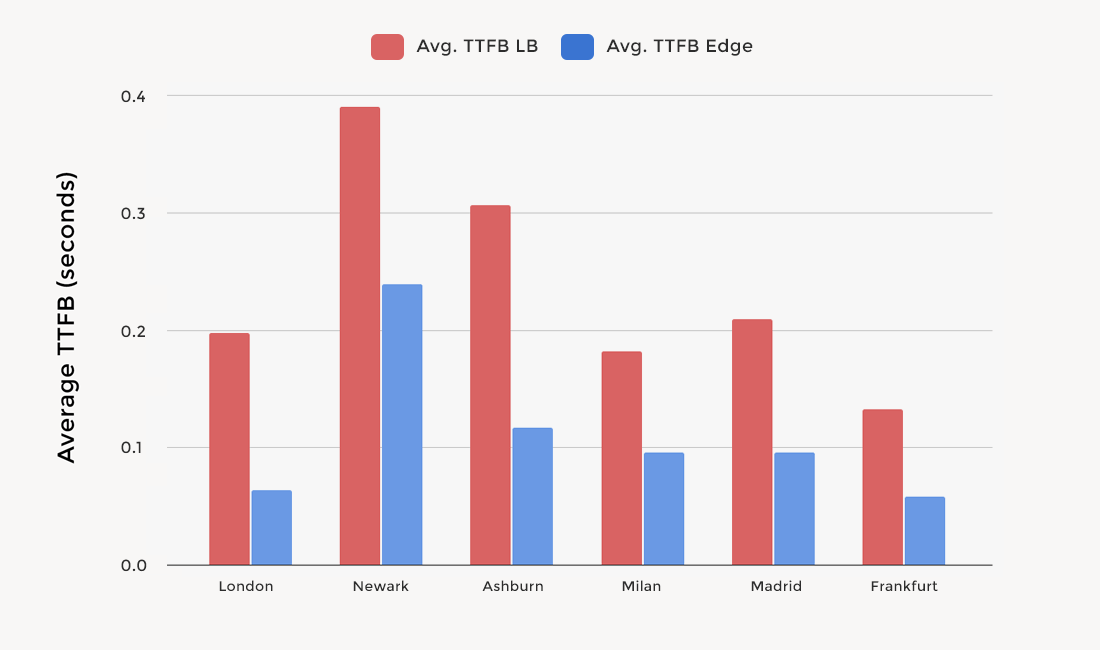
When continuity defines credibility
Higher education is not ordinary work. It carries weight. It shapes lives, careers, and futures.
A university is more than another organization. It is a promise to students, parents, and society that learning will continue, no matter what. And because of that obligation, the quiet pressure that comes with it is constant. It never really goes away, no matter how calm the day seems.
Today, that promise is upheld not only in lecture halls and libraries, but in systems and portals. The digital campus has become as essential as the physical one. And when those systems falter, the strain of responsibility grows even heavier, because the world sees the cracks immediately.
When an admissions portal goes dark on deadline day, it isn’t just a technical glitch. When an exam system locks out students mid-question, it isn’t just an outage. In those moments, it feels like the institution itself is being questioned. Trust is fragile, and reputation, built over decades or even centuries, can be dented in an instant. Every IT leader has felt that pressure, and every university knows the cost of getting it wrong.

That’s why reliability is a non-negotiable pillar for every digital campus. That is why universities need a dependable platform underneath to live up to their duty.
The good news: continuity doesn’t have to cost sleepless nights.
At Pressidium, we’ve seen the breakdowns, we’ve witnessed the patchwork fixes, the desperate workarounds, the false starts. And we’ve felt the weight of those failures firsthand. That experience showed us there was room to go further. To push things into a new philosophy: a platform that can safeguard learning without limits and make reliability a defining strength, not a constant worry. That platform is Pressidium EDGE.
Stay with us to see how this breakthrough came to life, and how it can give your university a digital foundation you can trust without hesitation.
The cycle of patch and pray
For years, universities have done their best to keep pace with digital growth using whatever tools were at hand. A dedicated server here, a cloud instance there, a CDN bolted on top when traffic grew too heavy. It worked until it didn’t.
The truth is, most of these setups were never designed to carry the weight of higher education. They creak under peak loads, rely on fragile workarounds, and demand endless intervention from IT staff. Every time a system goes down, the cycle repeats. Each fix holds for a while, but never long enough. The cracks always return, like a leaky roof patched with duct tape before a storm.
And the stakes today are far higher. Patchwork infrastructure can’t keep up with a digital campus where thousands of students log in at once, where research data and student records must comply with strict privacy, security, and regulatory standards, and where attacks hit at a rate of 100,000 per minute.
Many universities remain stuck in this loop because they don’t always know there’s a better way.

Until the next emergency. It may be a registration morning, when thousands of students log in at once. An admissions deadline day, when applications surge in the final hours. An online exam, when uptime is critical and a single failure can derail trust.
Breaking the cycle
We’ve stood in those moments, and there were lots of them. We watched fragile systems collapse. Pages slowing down. Portals locking students out. And behind the scenes, teams running on adrenaline, applying bandages to keep learning alive for just one more hour.
Because that’s the trouble with patching. It fixes today’s outage but leaves tomorrow’s crisis waiting in the wings. Each rushed tweak buys a little time, but never tackles the root cause.
A server limit raised in haste buys another hour, but doesn’t change the fact that the database is already at its limits. Restarting a service clears the queue for now, but the flood of requests comes back the next morning. We leaned on WAF rules that stopped attacks after they reached us, but knew they should have been stopped long before.
Over time, these quick wins pile up into fragile systems that crack the moment real pressure hits. And that’s the deeper issue. A digital campus shouldn’t collapse under predictable pressure spikes. It should absorb them without breaking stride. Registration surges, admissions deadlines, and exam days are not surprises, but certainties. A platform built for higher education has to treat them as normal, not as emergencies.
So we came to the conclusion that we need a platform engineered to stay resilient under strain, scaling smoothly as traffic surges and threats intensify. Instead of endlessly reacting to spikes, the system should be designed so spikes aren’t even disruptive in the first place.
A new mindset, a turning point
The new philosophy was to create a solution where global traffic distribution is automatic, where caching adapts intelligently to both static and dynamic content, and where threats are stopped at the edge before they ever reach the heart of the campus network.
Traffic is no longer funneled through a single point of failure but spread intelligently across edge zones worldwide. A student logging in from Sydney connects instantly to the nearest zone, while another in Frankfurt does the same, without either overwhelming the core. The platform absorbs surges without anyone lifting a finger.
Caching dynamic content close to the visitor was a game changer, too, and also a capability that sets us apart from the competitors. It was no longer just about storing static assets but about handling the dynamic heart of WordPress. An admissions form on deadline day loads instantly, even as thousands submit at once, because Edge knows what to serve fresh and what to serve fast. Exam dashboards remain responsive, with cookies and sessions respected, so performance never comes at the cost of integrity.

And security moved outward, where it belongs. As a result, attacks were intercepted at the edge perimeter, before reaching the origin. From brute-force logins to volumetric and Layer-7 DDoS floods to WordPress-specific exploits and OWASP Top 10 vulnerabilities. Attacks that once strained origin servers were absorbed silently at the network edge, mitigated by managed rulesets and virtual patching.
Together, these advances turned a fragile cycle of reaction into a foundation of resilience. Pressidium EDGE doesn’t just withstand pressure; it makes high-stakes moments feel ordinary, so continuity is never in doubt.
Testing Pressidium EDGE
The real proof came when we put these principles into practice.
On performance, the focus measure was Time-to-First-Byte (TTFB), which is how long it takes for a browser to receive the very first response from the server. In tests across six continents and twenty-two compute zones, Pressidium EDGE consistently kept TTFB under 100 milliseconds in the closest locations and delivered up to 4.7x faster response times worldwide compared to former load balancer setups.

This improvement wasn’t limited to static assets. By caching dynamic content at the edge, even admissions forms on deadline day and exam dashboards under peak load stayed responsive, ensuring performance without compromise.
On security, the shift was just as dramatic. In live environments, our Edge WAF intercepted and filtered more than 100,000 attacks per minute at the edge perimeter, before it ever touched university servers. In the context of higher education, this meant not only stronger defenses but also smoother compliance with frameworks including SOC 2, PCI DSS, HIPAA, and GDPR. Protections that stand up to both penetration tests and boardroom audits.
Resilience was the final pillar. Failover is no longer a disruptive event but an invisible process. If a datacenter stumbles, traffic is redistributed automatically across healthy edge zones. And when a site must be restored from an offsite disaster recovery backup, failover only completes once restoration is verified, preventing the broken experience of DNS changes or “please wait” screens. In practice, this means continuity is preserved even in worst-case scenarios: registration surges, admissions deadlines, and exam days continue without interruption, while IT teams sleep through the night instead of scrambling in a war room.
Together, these results turned abstract principles into measurable reality: global speed, autonomous security, and seamless resilience, proven under pressure where universities need it most.
What this means in practice
This evolution translates into something deeper: your peace of mind.
Knowing surges are absorbed automatically, attacks are blocked invisibly, and performance is guaranteed everywhere students log in, teams can now sleep through the night. They can finally move from firefighting to forward-thinking. The constant hum of “what if” quiets down, replaced by confidence.

And that confidence is bigger than IT. It extends to the university’s mission itself. Because when students can trust that systems will be there when they need them, when parents see reliability in action, when faculty know their courses won’t be disrupted, the university’s credibility strengthens.
Proven in the field
Universities like the University of Kentucky and the Academy of Art University already trusted Pressidium to keep promises to students and protect the credibility of institutions they’ve built over decades.
At the University of Kentucky, thousands of students depend on LearnDash-powered courses every semester. In the past, these resource-heavy systems pushed their infrastructure to the limit, leaving IT staff bracing for support calls. With Pressidium EDGE, those same courses now load instantly, support tickets have dropped, and staff can finally focus on building new digital learning experiences instead of firefighting.
At the Academy of Art University, millions of monthly visits once meant juggling multiple hosts and constant anxiety over uptime. By moving everything under one managed platform, the university not only simplified operations but also gained the confidence that its digital campus could grow without breaking. Today, their sites are faster, more reliable, and even delivering SEO gains, proving once more that a strong foundation benefits both students and the institution’s reputation.
Higher education depends on continuity and reliability. Pressidium EDGE was built to deliver both everywhere, under any load, with zero compromise.
Ready to strengthen your university’s credibility?
If your digital campus is carrying the weight of admissions deadlines, online exams, and global access, it deserves a foundation that won’t flinch under pressure.
You can apply for a free trial to explore Pressidium EDGE with full access to the service and test your own portal.
Also, feel free to connect with our team to discuss how our platform can support your university’s unique requirements.
Let’s strengthen your university’s foundation together. Pressidium EDGE safeguards your mission, protects your reputation, and ensures learning never stops.
Start Your 14 Day Free Trial
Try our award winning WordPress Hosting!


















